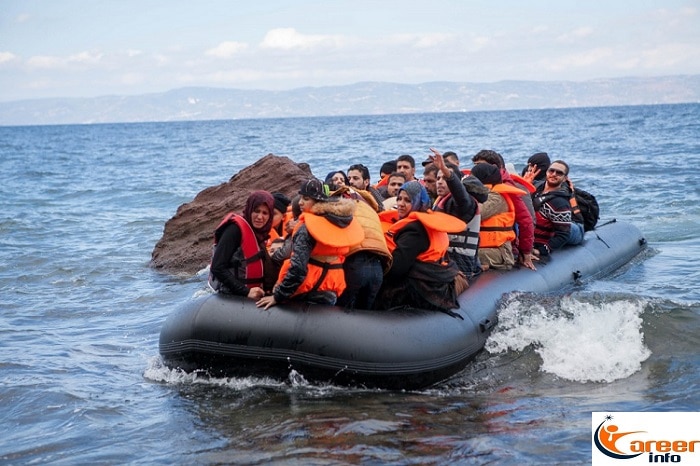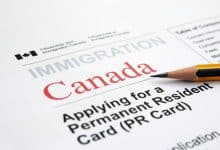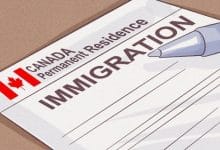How To Immigrate To Canada As A Refugee
Immigrating As A Refugee
How to Immigrate to Canada as a Refugee has been trending due to a surge in refugee crisis in recent times. More than the economic and family classes, there are two other immigration categories in Canada that exist: Refugees and Protected Persons, and Humanitarian categories. Those fleeing terrible situations in their home countries are among Canada’s top immigration admittance goals.
We’re exploring how to immigrate to Canada as a refugee in light of the ongoing instability in Afghanistan and other comparable countries. You might want to explore how to immigrate to Canada from Afghanistan.
How to Immigrate to Canada As A Refugee

Ways to Come to Canada as a Refugee
1. Resettlement of Afghans Outside of Afghanistan
2. Get Sponsored as a Refugee
3. Resettle in Canada as a refugee
4. Apply for refugee status while still in Canada.
5. LGBTQ2 Refugee Resettlement
1. Resettlement of Afghans Outside of Afghanistan
The Taliban just took over Afghanistan’s democratically elected government by force. Canada has pledged to relocate 20,000 Afghan citizens residing outside of Afghanistan and will continue to assist them in any way possible.
The focus of a specific humanitarian initiative will be on resettling persons like:
- leaders who are women;
- advocates for human rights;
- Canadian journalists and others who helped them;
- religious minority who have been persecuted;
- persons who identify as LGBTI; and
- relatives of one of the above’s direct families
2. Get Sponsored as a Refugee
Now, how can you get sponsored to settle in Canada as a refugee? First of all, it is critical that you be directed to the UN Refugee Agency or a private sponsor for resettlement. After that, a Canadian visa officer will determine if you fulfill the minimal conditions for resettlement and will allow you to enter Canada. You may want to explore easiest ways to immigrate to Canada.
You can be sponsored to immigrate to Canada as a refugee in the following ways:
- Private Sponsorship
- Blended Visa Office-Referred (BVOR) Program
Private Sponsorship
Private sponsors or sponsoring organizations can nominate a refugee or refugee family to sponsor. Sponsoring a refugee, on the other hand, is not something that just anybody can do. Sponsors must be participants in the Private Sponsorship of Refugees (PSR) program, which permits private organizations and individuals to sponsor refugees in other countries. Private sponsors help a refugee for the duration of the sponsorship, which is generally 1 year.
Blended Visa Office-Referred (BVOR) program
If you’ve previously been referred by the UNHCR and assessed by the Canadian government, you can apply for sponsorship through the Blended Visa Office-Referred (BVOR) program. Because the expense of resettlement is shared with the Canadian government, this scheme merely makes it more affordable for private individuals to sponsor refugees. The most vulnerable refugees are likewise prioritized by the BVOR.
3. Resettle in Canada as a refugee
Because you won’t be allowed to apply directly to reside in Canada, you’ll need to be referred to immigrate to Canada as a refugee. If you are referred, you must complete an application package in order to apply as a Convention Refugee or a Humanitarian-Protected Person in another country. You must also pass a medical test as well as a security and criminal background check.
How can I get a recommendation to resettle as a refugee?
You can get a recommendation in one of two ways:
- Private Sponsorship group; or
- The United Nations Refugee Agency (UNHCR).
4. Apply for refugee status while still in Canada
If you anticipate persecution, a risk to your life, or cruel or unusual treatment or punishment in your home country, you may be entitled to seek refugee protection from within Canada.
Canada will evaluate if your application should be submitted to the Canadian Immigration and Refugee Board (IRB). The Immigration and Refugee Board (IRB) is an impartial tribunal that makes rulings on immigration and refugee issues. If you do any of the following, the IRB may rule that your refugee claim is ineligible:
Who Can’t Apply for Refugee Status From Within Canada?
- A person recognized by another nation as a Convention refugee to which you can return;
- Someone already awarded protected person status in Canada;
- A person who enters Canada, by crossing the border between Canada and the United States;
- Someone who had filed a refugee claim in another nation, as evidenced by data exchange;
- A person barred from entering Canada due to security concerns, criminal activities, or abuses of human rights;
- Someone who had made a prior refugee application that was not granted;
- A person with a prior refugee application that was denied by the IRB; and a previous refugee claim that was abandoned or withdrawn.
5. Resettlement of LGBTQ2 Refugees
Canada has a long history of offering refuge to the world’s most vulnerable peoples and assisting in their resettlement. This covers people who identify as lesbian, gay, bisexual, transgender, queer, or two-spirit (LGBTQ2).
The Rainbow Refugee Society receives money from Canada. The funds is utilized to assist people who are persecuted because of their sexual orientation. The Society collaborates with sponsors to fund LGBTQ2 refugees to immigrate to Canada.
In order not to miss out on prompt updates from careerinfos.com, enter your email address below and hit the subscribe button beneath.
A confirmation link will be sent to your inbox or check your spam mails if its not in your inbox. Make sure you click the link to confirm your subscription in order not to miss any updates from this blog. All comments (related to the post above) should be dropped via the comment section below.









This is indeed a useful tips for refugees seeking to immigrate to Canada.
Thanks for sharing.